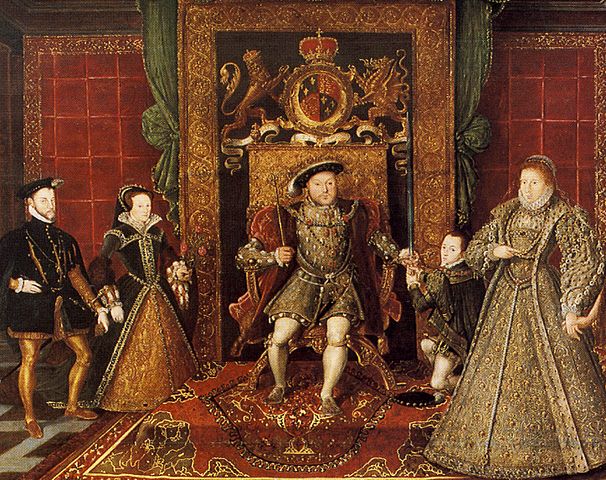
The Tudor Dynasty
Drama, Intrigue And Monarchical Power
The Tudor dynasty, which spanned the 15th and 16th centuries, remains one of the most captivating and tumultuous periods in English history. It was a time of sweeping political change, cultural upheaval and infighting for power which forever changed the face of England. And it means the Tudor monarchs, with their stories of love, betrayal and power, continue to fire the minds of history enthusiasts and scholars alike.
How Was The Tudor Dynasty Created?
The Tudor dynasty began with Henry VII, who had emerged victorious from the Wars of the Roses, a brutal conflict between the rival houses of Lancaster (whose emblem was a red rose) and York (The emblem of York was a white rose. The Tudors thereafter made their own emblem a rose of both colours.) His subsequent marriage to Elizabeth of York united the two houses, symbolising the end of a chaotic period in English history, and his reign would mark the beginning of the Tudor era. The stage was set for the dramatic events that to follow.
Henry VIII
One of the most iconic figures of the Tudor dynasty was Henry VIII, whose reign brought about the English Reformation. His desire to annul his marriage to the Catholic Catherine of Aragon led to a break with the Roman Catholic Church and the establishment of the Church of England. It also led to the dissolution of the monasteries, religious reform, and his six marriages, including, most infamously, to Anne Boleyn. These are just a few of the episodes that make Henry VIII’s reign a compelling chapter in English history.
Elizabeth I
The story of the Tudors is of course incomplete without the enigmatic Elizabeth I, often referred to as the “Virgin Queen.” Her reign, or Elizabethan Era, lasted 45 years. She oversaw a time of great exploration, artistic flourishing, and the defeat of the Spanish Armada. Her ability to rule successfully without a husband in what was a highly patriarchal society, her wise counsel, and her passionate speeches have made Elizabeth I one of England’s most celebrated monarchs.
The Tudor era ended to 1603, with Elizabeth’s death. As she had left no direct heirs, there had to be a succession to a new dynasty, which was that of the Stuarts. Thus, James I took the English throne.
A Legacy Of Blood And Culture
The Tudor dynasty is also notable for its bloody nature. It housed continuous, ruthless pursuits of power, with political machinations, courtly rivalries, and grim executions. Figures like Thomas More, Thomas Cromwell, and Anne Boleyn were all caught in the shifting tides of royal favour and power, leading to tragic fates at the block.
Despite all the turmoil, the Tudor period is greatly remembered for its impact on English society, culture, and politics. The flourishing of English literature, with luminaries like William Shakespeare, Edmund Spenser, and Christopher Marlowe, marked the era as a golden age of the English arts. It also witnessed the first voyages of explorers like Sir Walter Raleigh, who played a significant role in expanding England’s colonial influence.
With all its facets, good and ill, the Tudor Dynasty is one that will never fade from the pages of the history books.